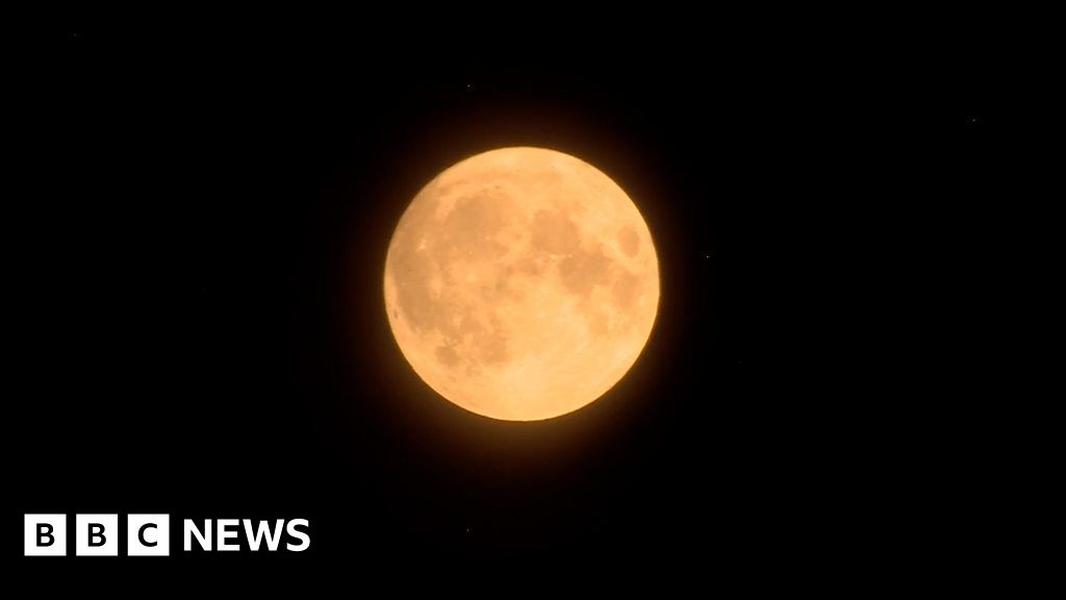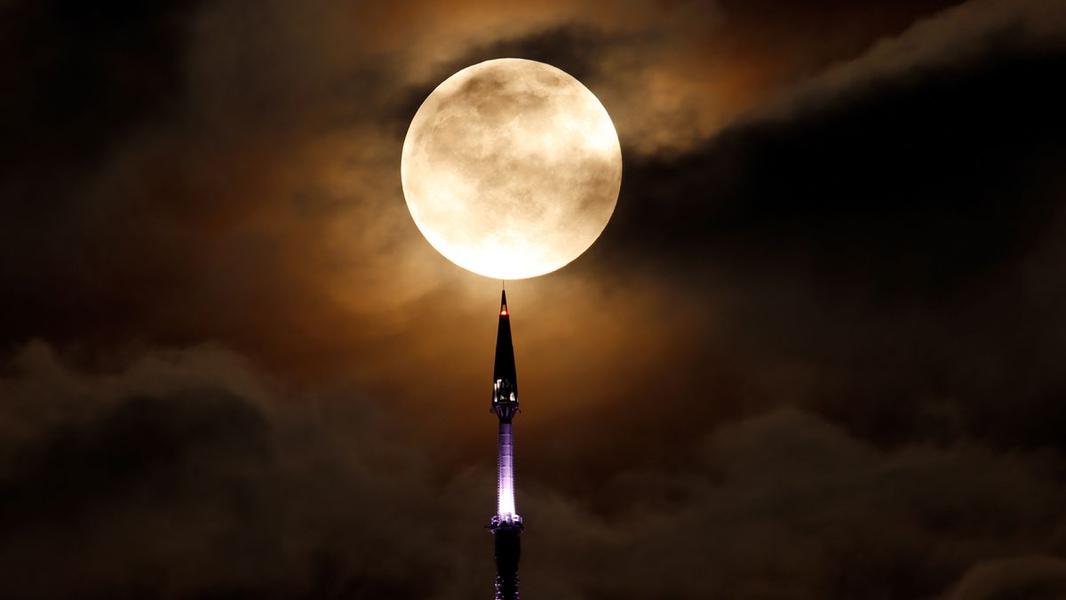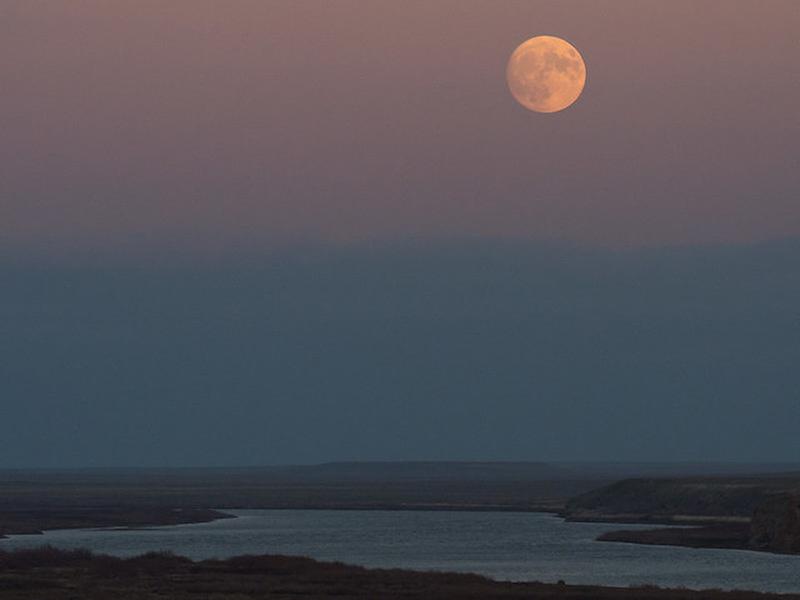How often does a blue supermoon occur?
A blue supermoon occurs approximately once every 2.7 years. This is when a full moon coincides with the moon being at its closest point to Earth in its elliptical orbit. The last blue supermoon occurred in August 2023, and the next one is expected to happen in 2037.
What are the different types of blue moons?
There are two main types of blue moons: calendar blue moons and seasonal blue moons. A calendar blue moon is when there are two full moons in a calendar month, and the second full moon is called a blue moon. A seasonal blue moon occurs when there are four full moons in a single season. Both types of blue moons are relatively rare occurrences.
What other celestial events can we look forward to after the blue supermoon?
After the blue supermoon, there are other celestial events to look forward to. One such event is the Harvest Moon, which will occur on September 29. The Harvest Moon is the full moon that is closest to the autumnal equinox and is known for its bright orange glow. Additionally, there will be more supermoons in the future, where the moon will appear larger and brighter than usual. These celestial events continue to remind us of the beauty and wonder of our universe.
Full summary
The blue supermoon is a celestial phenomenon that has captivated people worldwide. It is a rare event that occurs when a full moon coincides with the moon being at its closest point to Earth in its elliptical orbit. This makes the moon appear larger and brighter than usual, creating an extraordinary celestial display.
The term 'supermoon' was coined by astrologer Richard Nolle in 1979. While a supermoon is a relatively common occurrence, a blue supermoon is a rarer event. A blue supermoon happens when there are two full moons in a calendar month, with the second full moon being called a 'blue moon'.
The biggest and brightest full moon of 2023 rose on Aug. 30. It was a blue supermoon, the result of three lunar phenomena happening at once: a full moon, a supermoon, and a blue moon. The blue supermoon gets its name from being the second full moon in August.
The blue supermoon in August was a 'calendar blue moon'. The next 'calendar blue moon' will occur on May 31, 2026. There is also another type of blue moon called a 'seasonal blue moon', which occurs when there are four full moons in a single season. The next 'seasonal blue moon' will occur on Aug. 19, 2024.
A supermoon occurs when the full moon is close to its nearest point to Earth in its orbit. The blue supermoon in August was the third and closest of four supermoons in 2023. It was 222,043 miles (357,344 kilometers) from Earth. The moon illusion caused the moon to appear larger near the horizon, making the blue supermoon even more breathtaking.
Although the blue supermoon won't happen again until 2037, there will be more supermoons and blue moons to look forward to. The next full moon after the blue supermoon will be the Harvest Moon on Sept. 29.
Whether you saw the blue supermoon with your own eyes or watched a livestream of it rising over Rome, Italy, the spectacle of the blue supermoon was truly mesmerizing. It serves as a reminder of the beauty and wonder of our universe.
[Image: Blue supermoon over the horizon]
[Image: Close-up of the blue supermoon]
[Image: Social media post about the blue supermoon]
[Image: Moonrise over the Syr Darya river in Baikonur, Kazakhstan on Nov. 13, 2016]
[Image: Illustration of the lunar cycle]
[Image: Diagram showing the size difference during a supermoon]
[Image: Infographic explaining the different types of blue moons and supermoons]
References: - NASA: Blue Moon - Space.com: Blue Supermoon 2023










